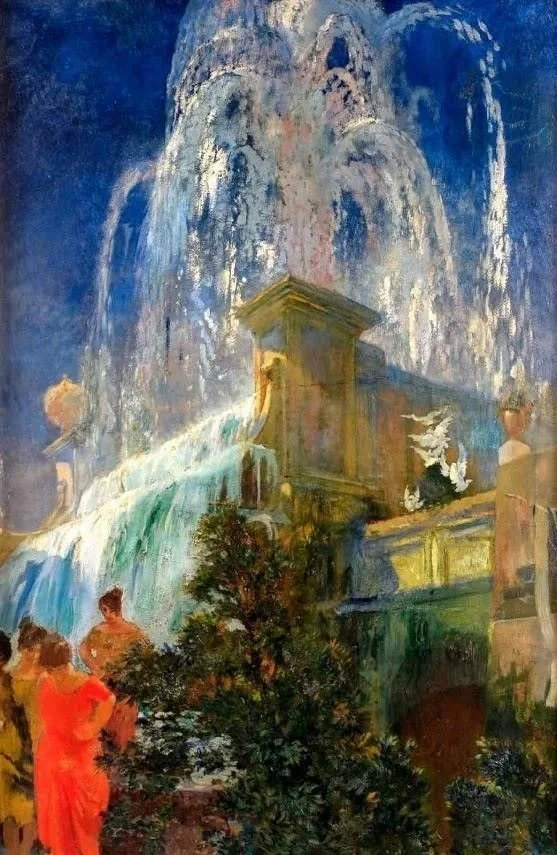How I Take On A New Piece: Ravel’s Jeux d’eau
This will be the first in a series of posts about my process of learning a new piece. While my approach to learning Jeux d’eau is similar to Ravel’s other pieces, works of other periods and styles have other challenges and require a different process.
I feel like I’m given a blank canvas after every performance, when the period of intense work to refine and polish pieces in the program gives way to learning a new work from scratch. After my Smithsonian concert on August 11, I started learning Ravel’s Jeux d’eau, which I’ve been saving because of the creative challenge it poses. Since it is one of the most played pieces for the piano, dozens, if not hundreds, of recordings and performances have consciously and subconsciously influenced my vision of the piece. That makes it virtually impossible to temporarily banish those influences and conjure up the blank canvas I need for my creative process to begin.
I start by deconstructing the work, studying the phrasing hands alone (yes, I still do that!). I make sure that I’m precisely following what’s in the score, not taking liberties that have become part of the performance tradition, like altering the tempo for expressive purposes. The piece’s sparkling pianistic nature requires great precision of voicing, so I pay special attention the different layers of phrasing within the same hand. As for dynamics, I have to give certain voices different shades of, for example, piano or pianissimo in order to emphasize what needs to be in the foreground. I experiment with sound production to achieve the rich color palette that this work requires. Ravel’s chords serve both harmonic and melodic purposes. I stand up my fingers to bring out clarity in the voice of the left hand chords. My former teacher Dmitri Bashkirov taught me this technique to create more layers of sound within the same chord.
Four different layers of phrasing and articulation
I work on the voices separately before putting them together, which helps speed up the process of memorization. Pianists often listen to recordings to guide their interpretations, but I don’t. I want to develop a unique voice in delivering Ravel’s wishes faithfully, while bringing in all I have learned from studying other pieces and in-depth readings about the composer and their time. For example, I have studied the origins of “water music” in Liszt’s Les jeux d’eau à la Villa d’Este), which informed Ravel’s work. I wrote about that here after visiting the place it was composed.
I aim to resist the temptation of “performing” the piece right away because it feels so familiar. Instead, I take my time with it as if I am discovering it for the first time.
Watch as I perform a piece of Ravel’s Jeux d’eau, a piece I had just begun to learn. Through an upcoming series of posts and videos, I will reveal how I explore and learn new works.


